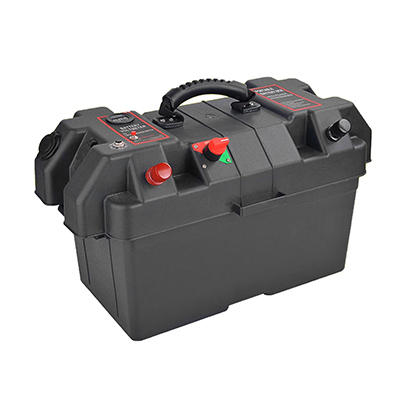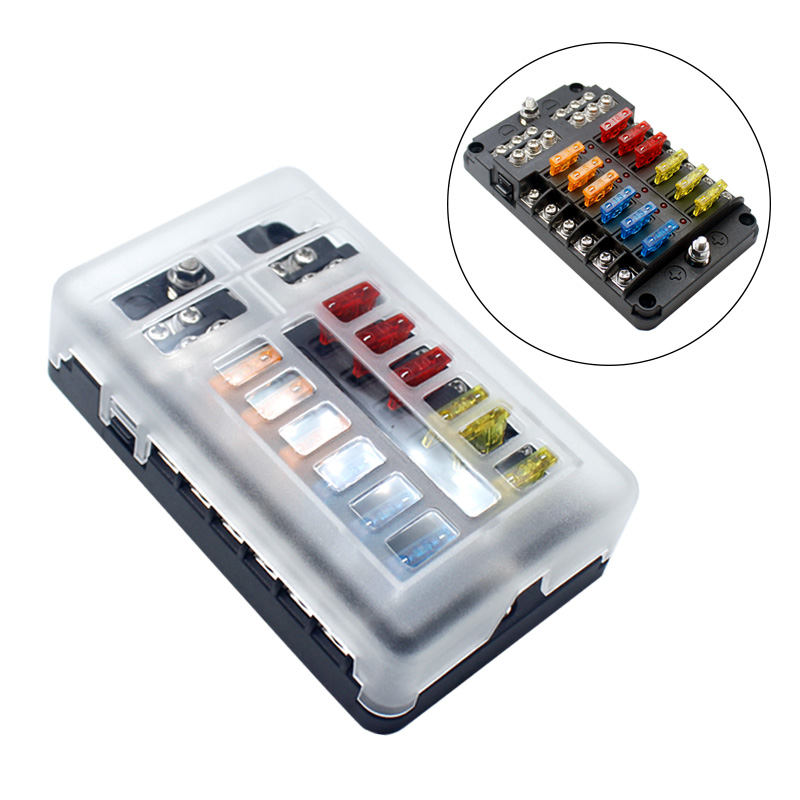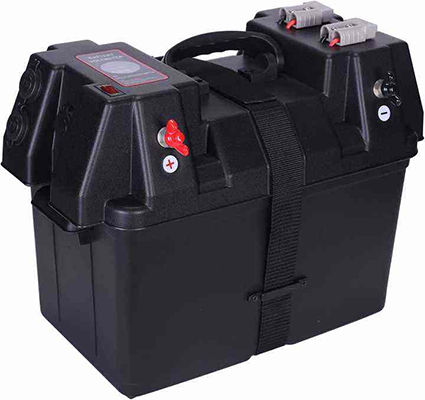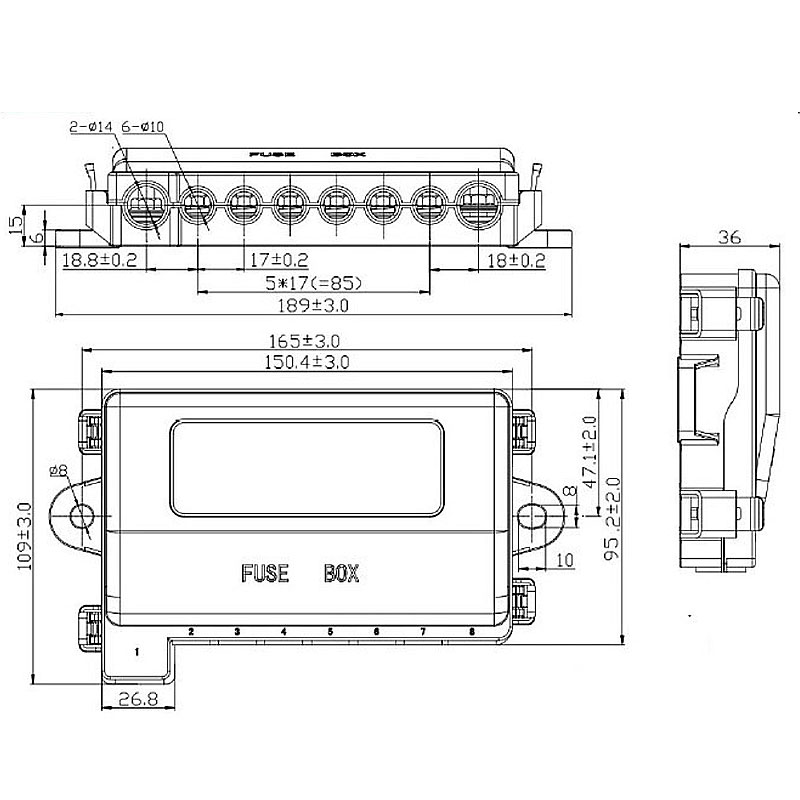Comprehensive Guide to Standard Car Battery Box Dimensions Across Leading Brands
News 2025-10-20
Car battery boxes are critical components in automotive design, ensuring safe and efficient power storage for vehicles. These boxes house batteries that provide the electrical energy needed for starting engines, powering lights, and supporting electronic systems. Standardizing dimensions across popular car brands like Toyota, Ford, and BMW helps streamline manufacturing, reduce costs, and improve compatibility during repairs or upgrades. Understanding these sizes is essential for mechanics, manufacturers, and car enthusiasts to avoid fitment issues and enhance vehicle reliability. By adhering to industry standards, such as those set by organizations like SAE International, brands ensure that battery boxes meet safety regulations and performance criteria, ultimately contributing to better vehicle longevity and energy efficiency.

Dimensions for Key Automotive Brands
When examining standard battery box dimensions, variations exist based on vehicle type and brand specifications. For instance, Toyota often uses boxes measuring around 230mm x 175mm x 200mm for compact cars, while Ford’s designs might range from 260mm x 180mm x 220mm in their trucks to accommodate larger batteries. BMW, focusing on premium models, typically employs sizes like 278mm x 175mm x 190mm to support advanced features. These dimensions are influenced by the application scenarios, such as urban driving versus off-road use, where space constraints and vibration resistance play key roles. Standardization in these sizes allows for easier part sourcing and installation, reducing downtime in automotive workshops and enhancing overall user experience.
Benefits in Real-World Applications
Standardized battery box dimensions offer significant performance advantages in various settings. In electric and hybrid vehicles, consistent sizing ensures optimal space utilization, allowing for better integration with other components like cooling systems and sensors. This uniformity supports enhanced energy efficiency and thermal management, crucial for maintaining battery health in diverse climates. For mechanics and DIY enthusiasts, these standards simplify replacements and upgrades, minimizing errors that could lead to electrical failures. In manufacturing, adhering to common dimensions reduces production complexity and costs, enabling brands to innovate faster. Overall, this standardization boosts reliability in demanding scenarios, such as long-haul drives or extreme weather, by ensuring secure battery mounting and reducing the risk of short circuits.
Frequently Asked Questions
1. What are the common dimensions for car battery boxes?
They typically range from 200mm to 300mm in length, 150mm to 200mm in width, and 180mm to 250mm in height, varying by vehicle class and brand.
2. How do battery box sizes impact vehicle performance?
Proper sizing ensures secure fitment, reducing vibration damage and improving electrical efficiency, which enhances overall vehicle reliability and lifespan.
3. Why should consumers check battery box standards when buying parts?
It guarantees compatibility and safety, preventing installation issues that could lead to failures or hazards in different driving conditions.


